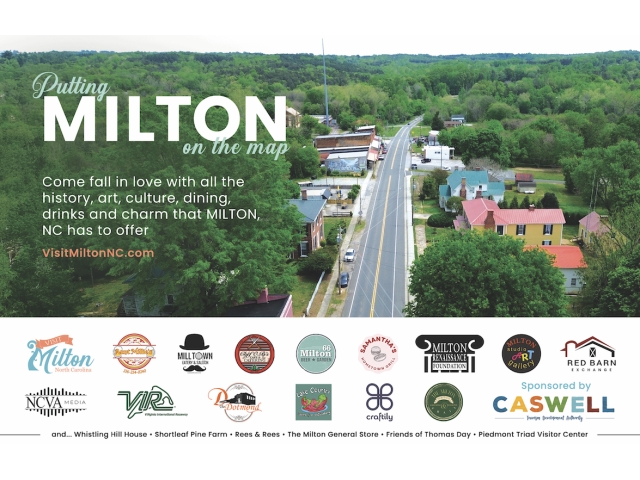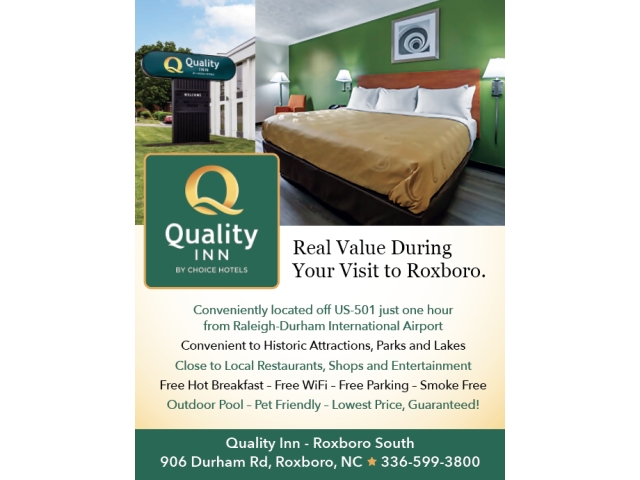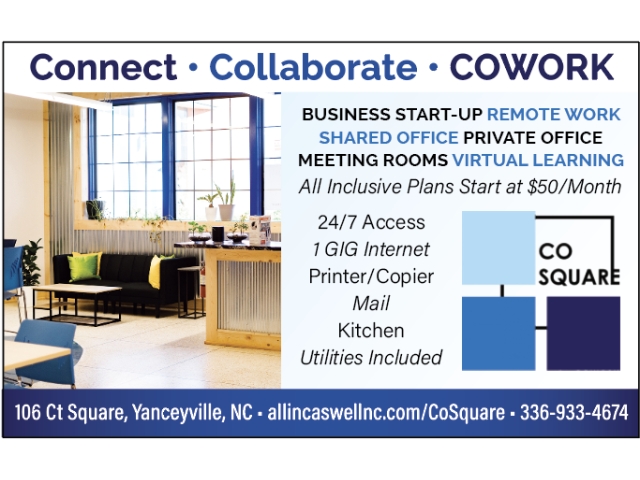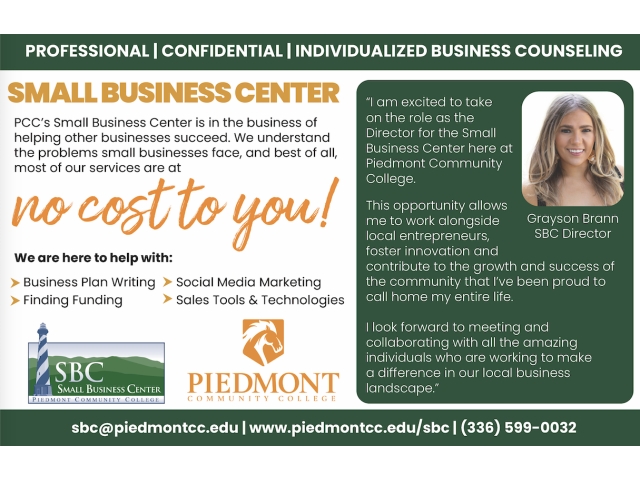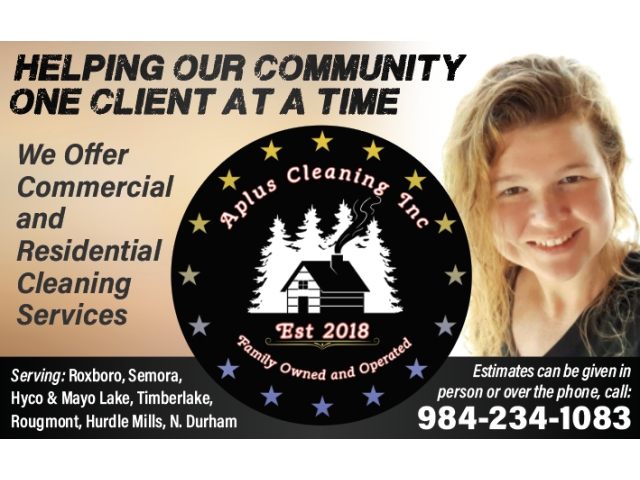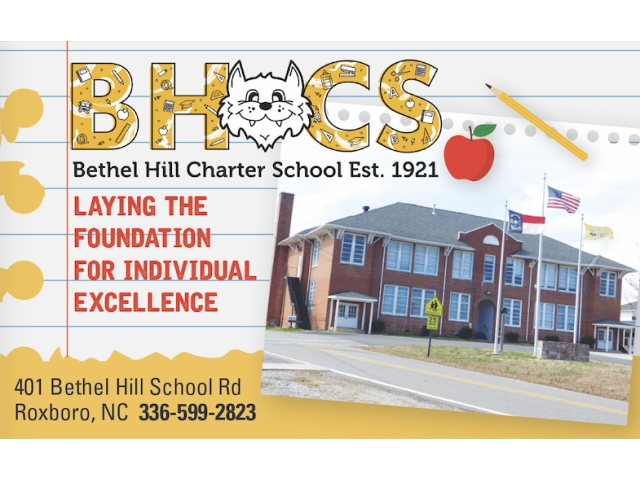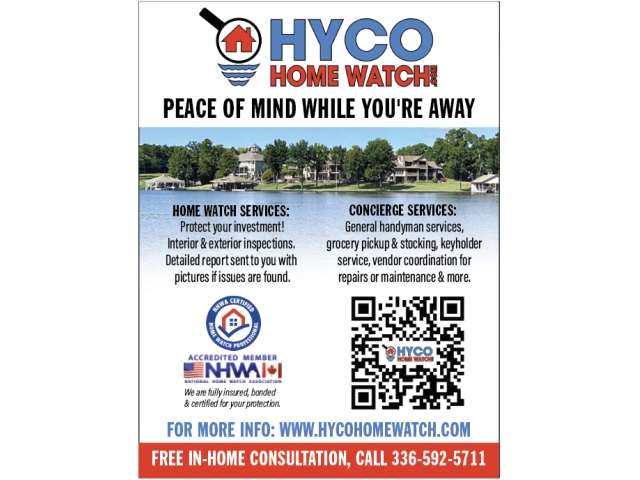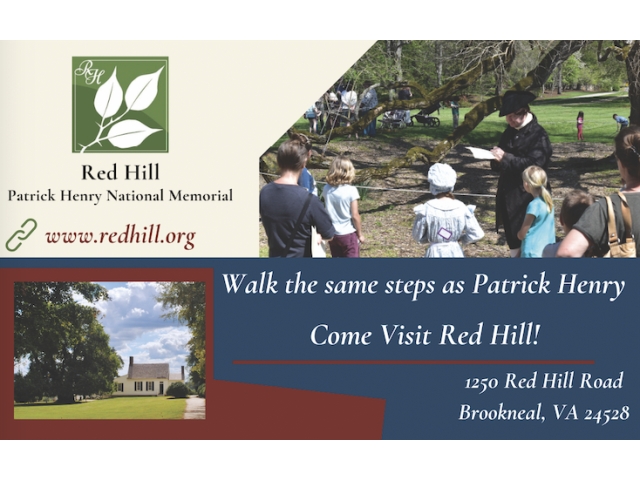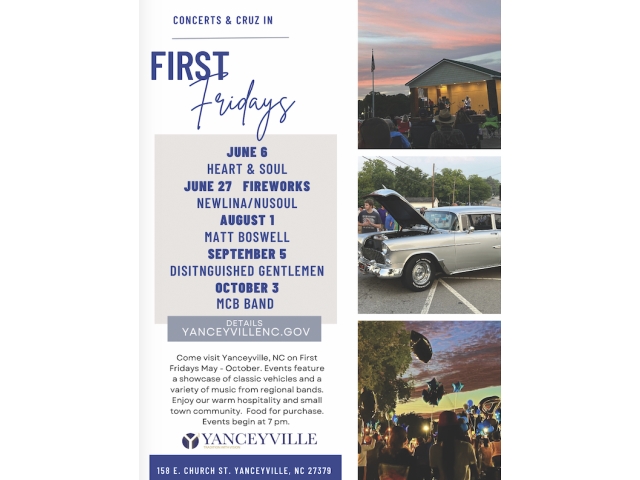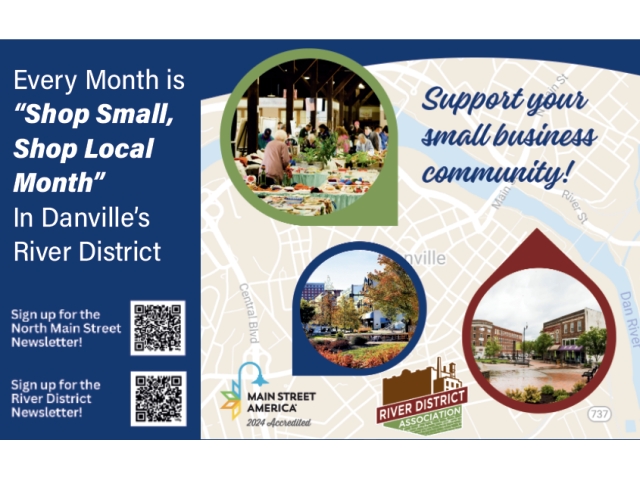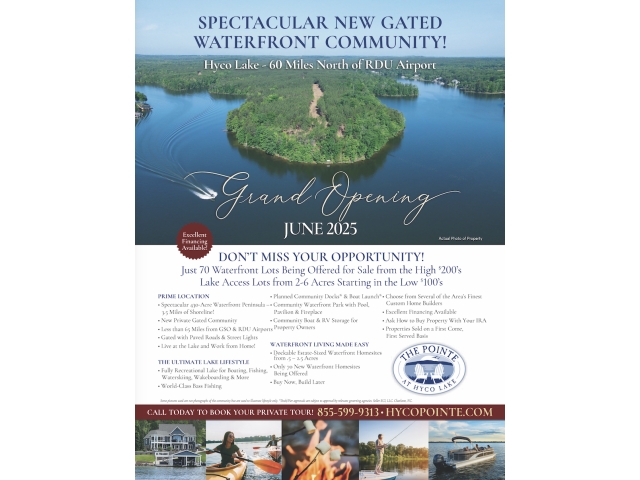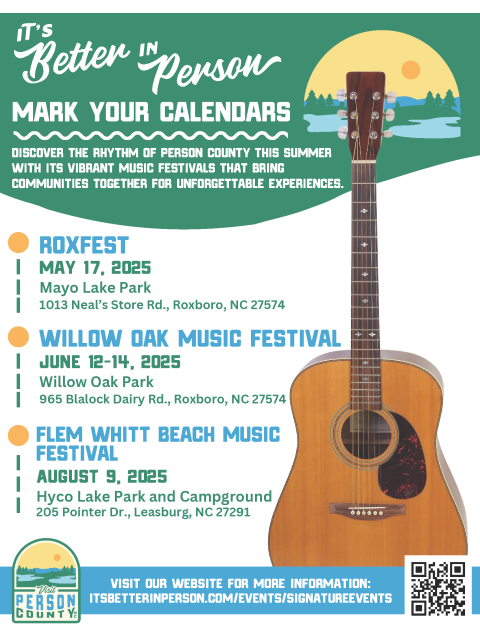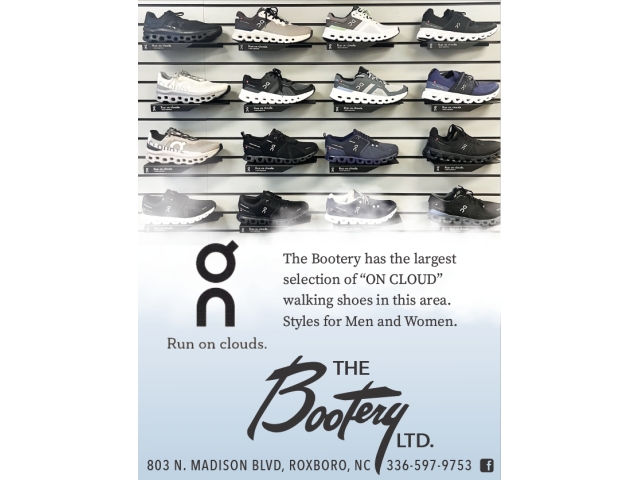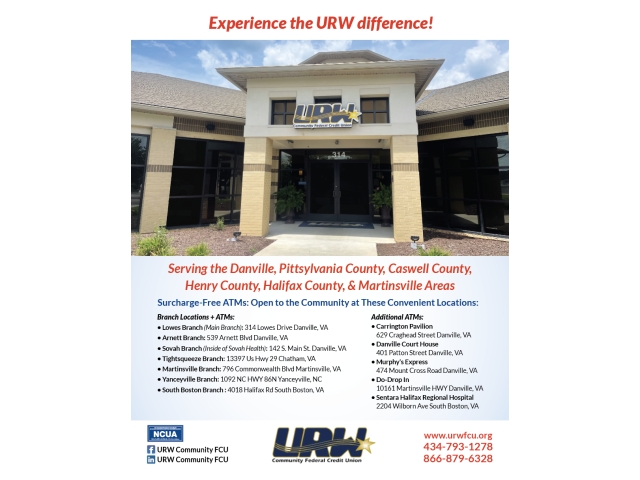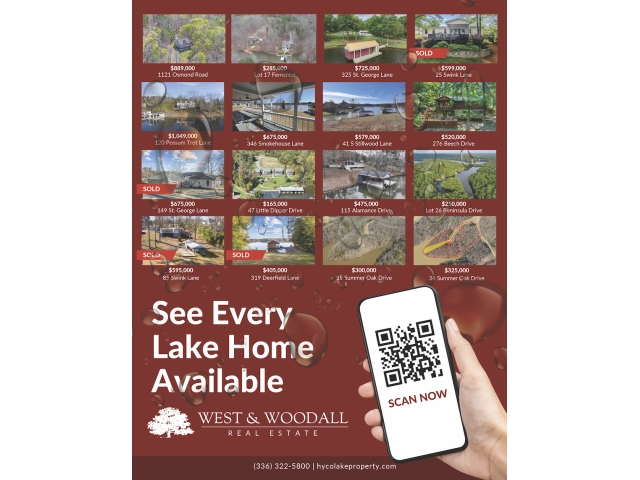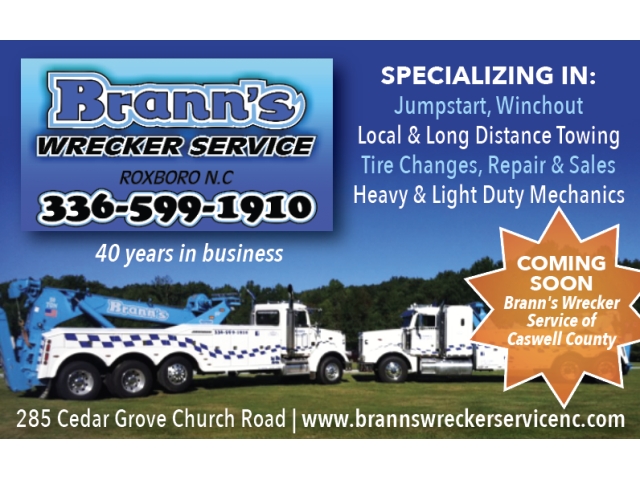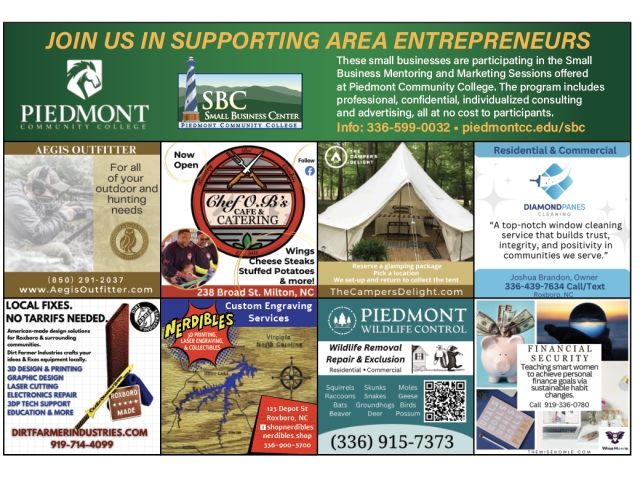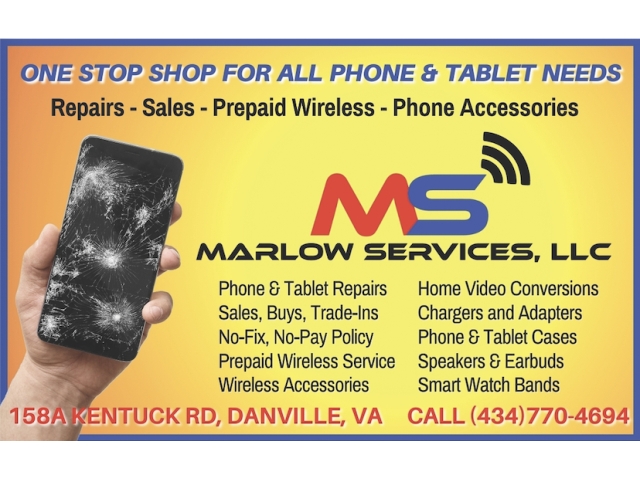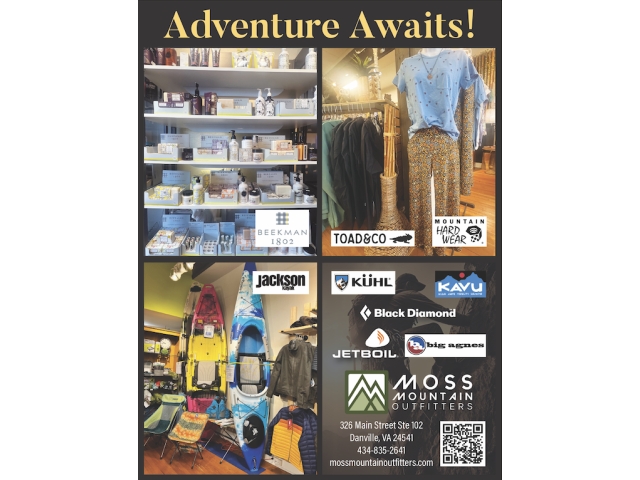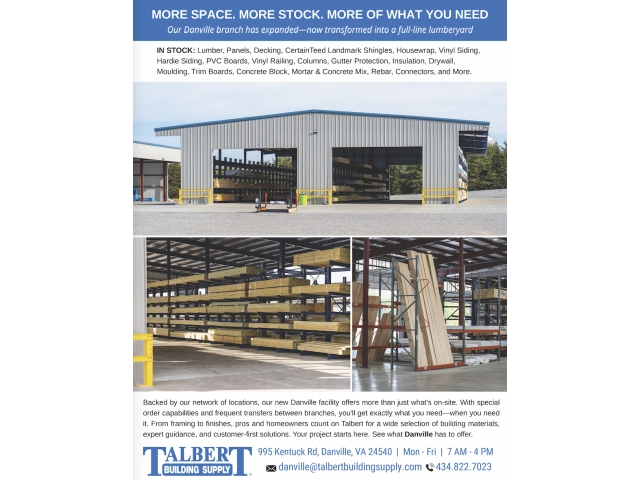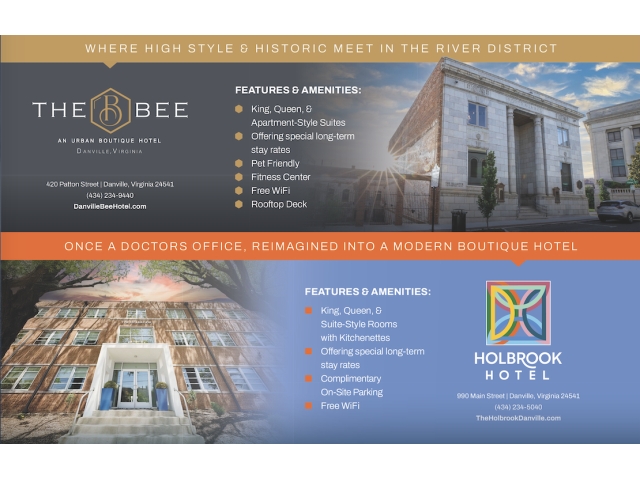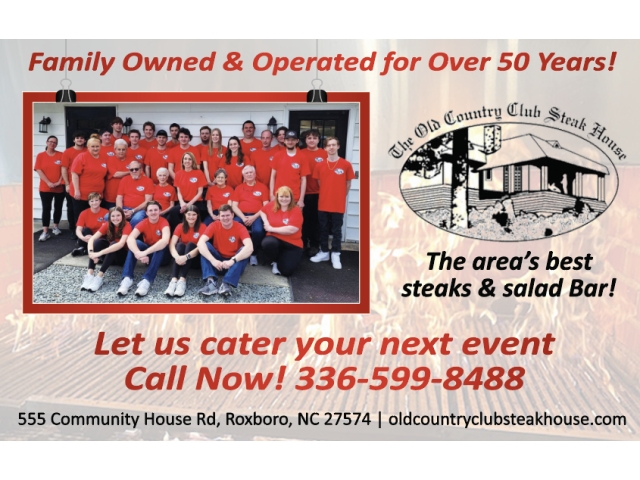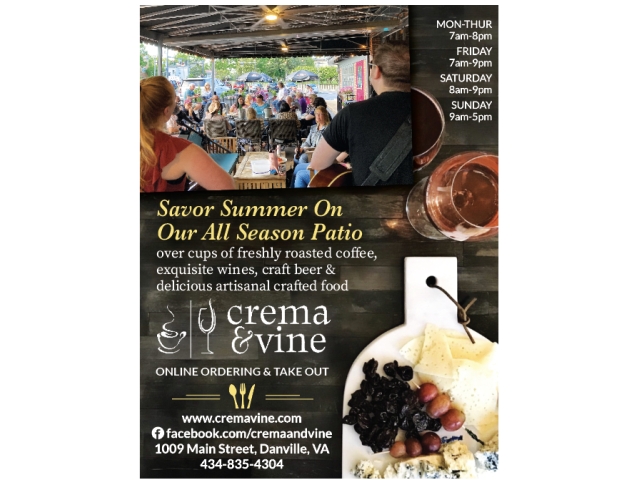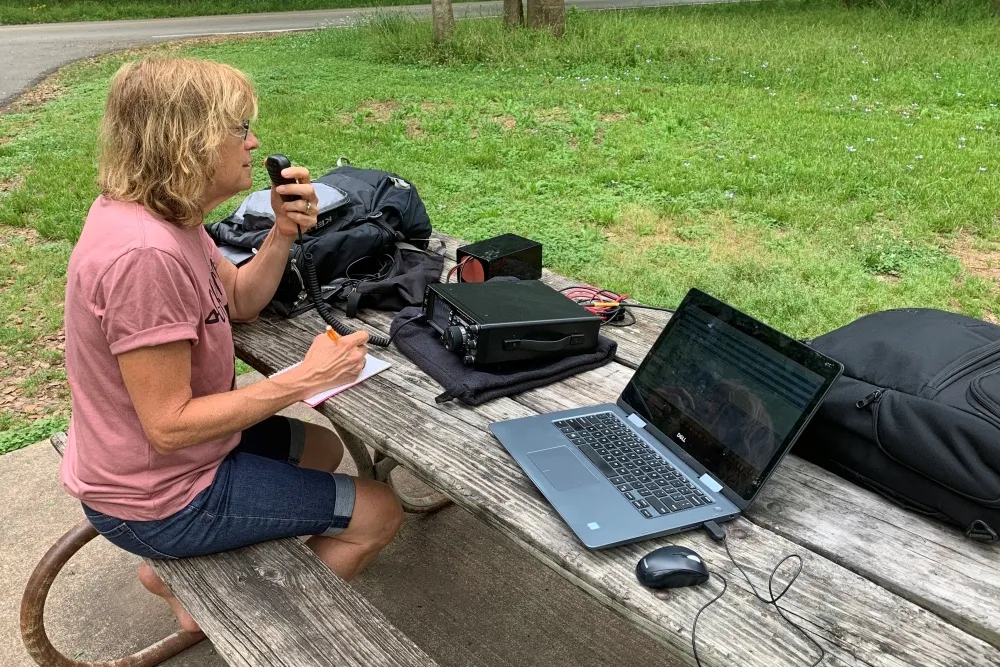
Traveling and operating in our parks is a regular event for many operators. Courtesy of K0NR (zero not the letter O)
It all started with Marconi, who invented the radio and the wireless telegraph in the 1890s. By the 1900s, amateurs were on the airwaves, and the first “wireless” club was formed in 1908 at Columbia University. Over the next century, amateur radio was utilized to speak with people around the globe and even astronauts in space. It was given the name Ham, assigned to amateur radio enthusiasts from telegraphers, a pejorative term that stuck. Unlike typewriters, rotary telephones, pagers, floppy disks, and dot matrix printers, Ham radio technology has stood the test of time. It is still used today by three million operators worldwide and is growing.
For those unfamiliar with Ham, it is an electronic device amateur radio operators use to communicate over long distances for messaging exchanges. It allows users to communicate with people locally and worldwide. Ham is for recreational and emergency purposes, but never for commercial use. Unlike CB (Citizens Band) radio and walkie-talkies, Ham is federally licensed. Operators are qualified through certified testing that includes math, electronics, astronomy, and some FCC laws. CBs and walkie-talkies are limited in distance and connectivity compared to Ham radios, which have multiple ways to connect. Ham radios can use repeating towers for expanded local communications from one mile up to 50 miles, depending on terrain. Aided by sunspot and ionosphere activity, there have been times when Ham operators have been able to transmit around the globe. Some sophisticated operators have even used meteor showers and the moon to transmit and bounce signals. Today, Ham operators incorporate computers and the internet to boost their capabilities and make worldwide communications easier.
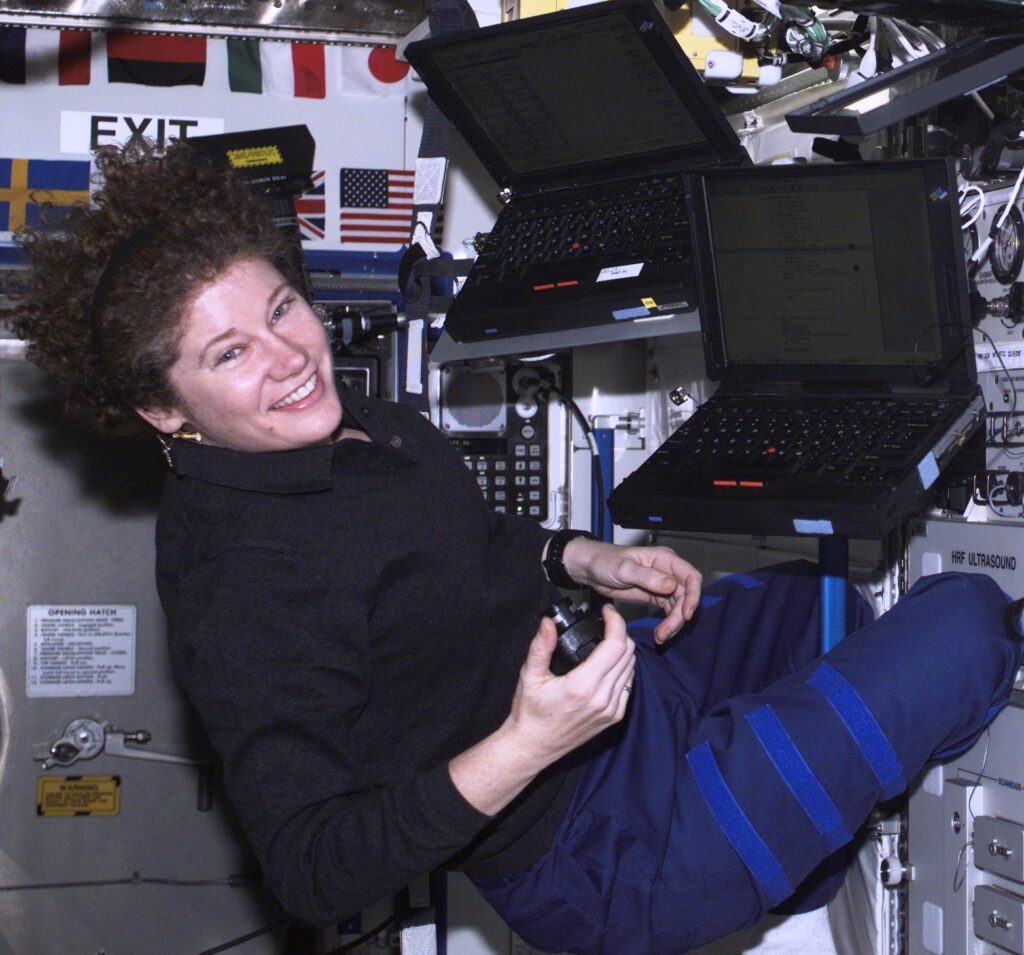
Courtesy of NASA, ARRL
I recently talked with Rory Griffin from the Halifax County Virginia Amateur Radio group. He was gracious enough to help me understand the inner workings of Ham radio and why it is still such a popular technology over 100 years after its inception.
I asked Rory how and when he got into Ham. He explained that he was part of the CB craze of the 1970s and on the ground level of the personal computer explosion of the 1980s. It was a natural progression for him to migrate into amateur radio. However, there was one seminal event that solidified it for him.
“For me personally, 9/11 changed a lot. My building was one block away from the North Tower,” he said. Seeing how Ham operators supported emergency responders during this crisis in our country’s history pushed him from the hobby aspect into emergency communications support.
When asked about the type of individuals who gravitate toward Ham radio, Rory replied, “People who like to make things work beyond flipping a switch. A lot of classic introverts like the use of technology as a hobby. Also, [there are] sociable people who like to communicate in this specific way.” He went on to say there are a wide variety of business and occupational backgrounds among Ham operators, including kings, country music stars, US senators, and most of the Last Man Standing television show staff.
Beyond background information, I wanted to know if this technology is still relevant in 2023. Rory explained that the technology is still applicable and that all modern communication devices use basically the same science. “WiFi, cell phones, Ham, and AM-FM all use radio waves,” he explained. It has gotten more complex and efficient with cell towers and digital routers-servers. However, the problem with all these newer technologies is that they are fragile and can go down. Unlike cell phones, you can communicate via Ham radio in numerous ways, making it redundant and reliable. It’s also free, with no monthly fees.
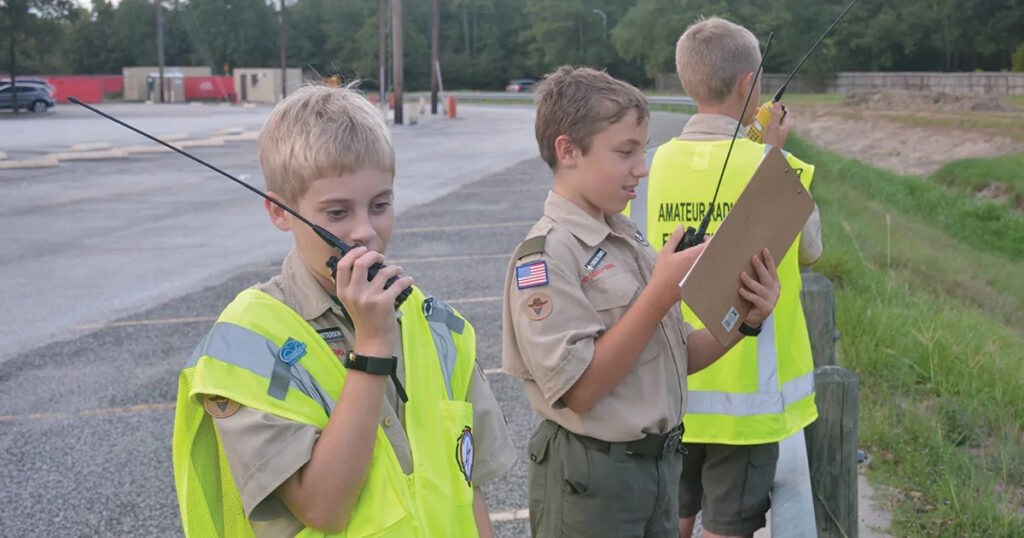
Courtesy of Michael Freeman in Aaron on Scouting
I brought up satellite phones, which can be used anywhere on the planet and will always have a signal. If money wasn’t an issue, why would you spend all this time learning Ham when you could purchase a satellite phone, I asked. Rory chuckled, “Amateur radio operators get into the hobby to support entire communities and people. Satellite phones are for personal use, and you can only use them with another satellite phone user.”
I asked if he could ever see Ham being put out to pasture. “Never,” Rory said, explaining that radio technology has been used in all wars since World War I and is critical today. In fact, there has been a growing interest in Ham, especially among young people. Many are even trying to learn Morse Code, which was taken out of the Ham testing in the early 1990s. Morse Code is another technology that has stood the test of time. The Navy, Coast Guard, and aviation industry still utilize it. Modern technology has made us a bit lazy, though. We no longer need to learn foreign languages or Morse Code when we can use software to do it for us.
Most amateur operators enjoy Ham radio as a hobby, but they are also known in our culture for disaster relief assistance. Ham operators never get involved of their own accord. They only help when invited to participate. The Halifax County Virginia Amateur Radio Group is now working alongside the Director of Emergency Management for Halifax County. The group will eventually be able to provide non-critical communications during major disasters. Where Ham operators thrive is when they back up groups like the Red Cross and Salvation Army, which provide support for emergency services during major disasters. With today’s headlines, these disasters could be anything from natural to man-made and involve water, fire, weather, or airborne or kinetic weapons.
For decades, Hams have proven themselves as valued and trusted providers of critical information. There is a network of Ham operators active during hurricanes who provide live reports from inside the impacted areas. These reports are fed directly into the National Hurricane Center. With earthquakes, they file “Did You Feel It Reports” for the US Geological Service (USGA) that are fed directly, without review, into the USGA database, giving instant information. This helps both agencies get valuable, immediate data to provide national feedback and guidance.
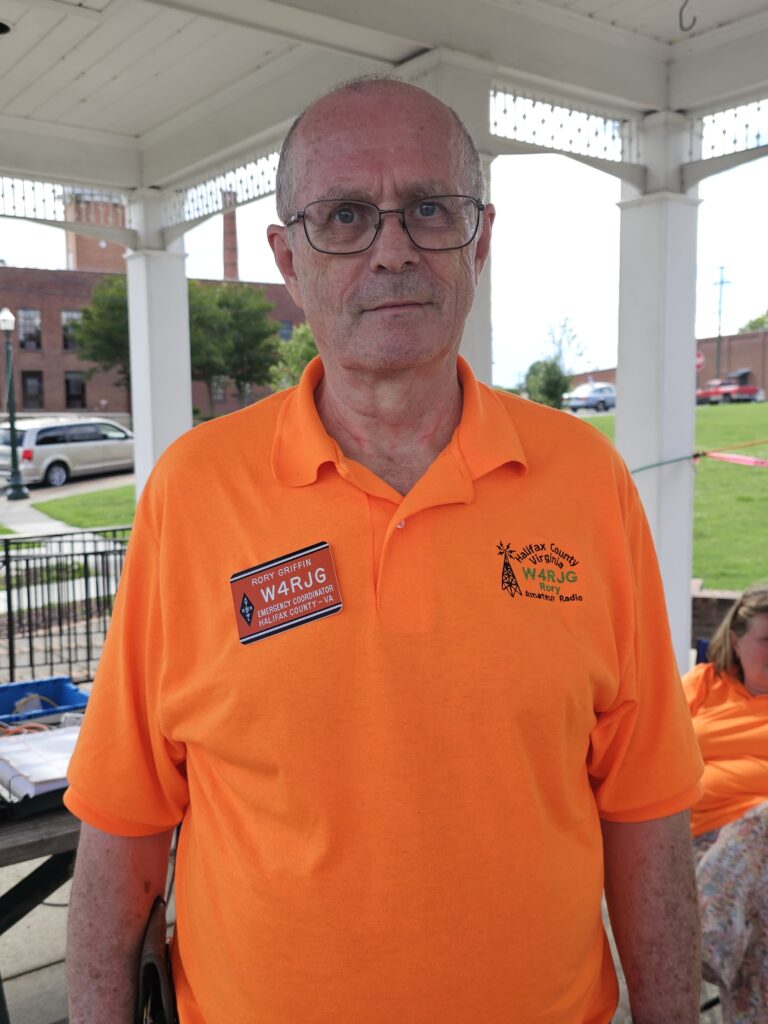
Courtesy of Rory Griffin
The Halifax County Virginia Amateur Radio Group is its own entity, but they do receive support from state leaders, who are part of a national organization devoted to supporting amateur radio on multiple fronts. This support allows the hobby to continue its growth and local groups to set up and organize emergency support that is best for their needs. The organization is the Amateur Radio Relay League (ARRL).
It’s doubtful anyone in the 1900s could have imagined that citizens would one day be video calling one another on cellular phones and buying and selling items on the same devices. In an era of AI, iPhones, and Android devices, it’s ironic that Ham technology is just as relevant, if not more so, than ever. Amateur radio is like a classic car that holds up over time. In an age of digital everything, analog will always be king.
Halifax County Virginia Amateur Radio is planning a course for Ham license preparation, with announcements coming soon. Check their Facebook page for more details and information.

“Halifax County Virginia Amateur Radio” on Facebook
https://www.facebook.com/groups/halifaxvaham
Rory Griffin: w4rjg@arrl.net
Learn about the author at https://ncvamedia.com/authors/john-theo-jr








